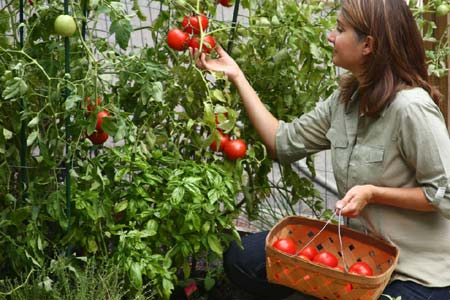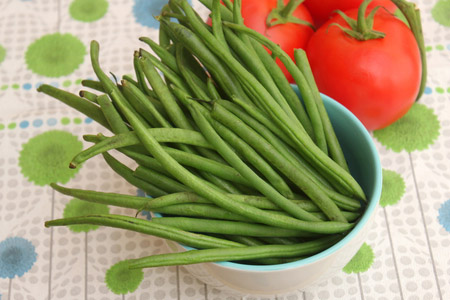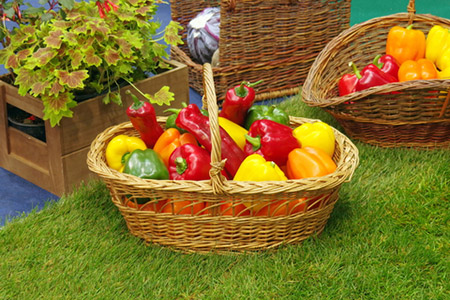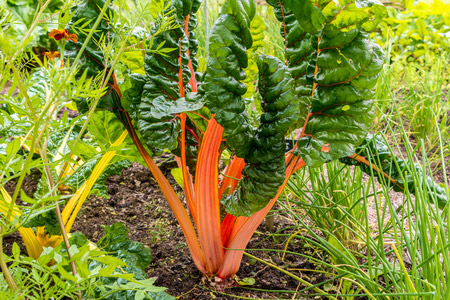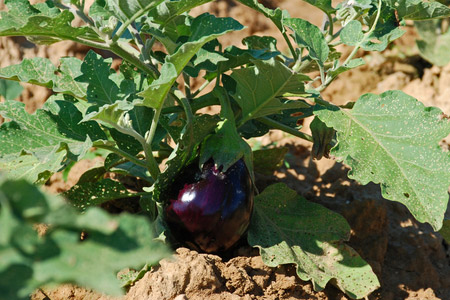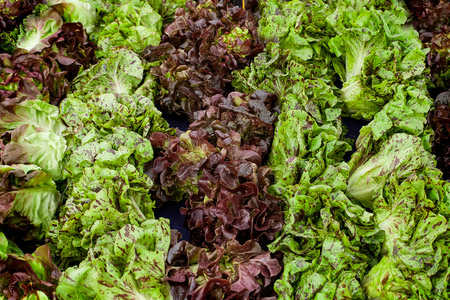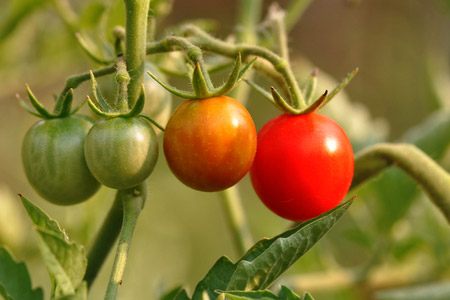Veggies straight from your garden
With grocery bills climbing planning a vegetable garden this year, growing your own is a matter of Rands and sense. Can planting a veggie patch really save you money?
Raised beds offer many benefits. You can fill them with any type of soil you want (an advantage if your ground is full of clay, sand, or rocks). Raised beds also warm earlier in the spring so you can get a jump on the planting season. And, if you build them up to one metre wide - so you can easily reach the middle from both sides - you'll never compact the soil by stepping on it and have all your veggies easy to pick.
Starting out
Planting a vegetable garden and keeping it productive isn't that hard if you start small, keep the basics in mind and plant reliable varieties. Take it step by step:
A sunny, well-drained spot is ideal. Leafy greens tolerate some shade, but other crops want a full eight hours of sunshine to bear healthy fruits. Adding organic material is the key to an easy-care garden. Not only does organic matter loosen hard soil, it also helps to retain moisture and nourishes important soil organisms. A good organic addition can" include manure, humus and chopped-up leaves. All edible plants remove some nutrients from the soil, and can quickly exhaust the soil without the help of a fertilizer. Fertilise regularly and always follow the rates given on the label when deciding how much to use.
Veggies need regular watering, either through rain or supplemental watering. Switch on the sprinkler at least three times a week and give your veggie garden a good, deep soak.
Location
Plant vegetables with their looks as well as
flavours in mind. Alternate, for example, pretty
purple cabbages with snowy white cauliflowers in
a row. Or experiment with planting in blocks and
clusters rather than rows for a more decorative
effect. And don't forget that main containers
can be used to grow your edible garden.
If you're ready to try your hand at creating your own grocery garden, here are 10 easy crops to plant:
Beans
Beans do very well in the summer months when water regularly and provided with a good dose of compost added to the soil before planting. Climbing beans will grow up a wall or fence and look most decorative.
Bell peppers
Harvest green or red, when vitamin levels are higher. Most bell peppers start green but ripen to red, yellow or orange if you let them.
Chard
This leafy green tolerates cool temperatures well.
Don't let a little shade deter you from planting chard, they are fairly shade-tolerant veggies. Swiss chard is often used as an ornamental thanks to its bold red, yellow, orange, or white stems.
Cucumber
If you have a large garden, or a large area for veggies you can think about planting your own squash, cumcumbers and watermelon. Cucumbers thrive in a sheltered, well-drained position. Apply a thick layer of mulch to prevent fruits from lying directly on the ground, which exposes them to pests.
Eggplant
A much-loved favourite, eggplant (or Brinjal) thrives in hot weather and grow well in large pots. Stake the plant and regularly pinch out the tips to encourage better fruit.
Look out for 'Bambino Mini Brinjal'.
Lettuce
Lettuces make a great edging plant, especially those that are deep reds
and purples. Plant in a row along the front of a bed or border, preferably with a little afternoon shade, as these plants don’t like to get too hot. And keep an eye out for snails and slugs. 'Butterhead' is a good variety for all year round planting.
Tomatoes
These crimson favourites are the most popular home-grown vegetable. Choose a disease-resistant variety or the extra-easy cherry tomato - perfect for salads. Give tomatoes a deep watering at least once a week, preferable first thing in the morning, and support plants when necessary to prevent drooping. Give them a regular feeding with liquid fertilizer.
Once you've selected your garden spot, you can start choosing the vegetables you want to grow. However, your local climate will determine when you can plant your seeds. You can find the information you need regarding when to plant on the back of your seed packets, and at your local nursery or garden centre.
The secret to a continiously good crop of home-grown veggies is to rotate the plantings on a regular basis - never plant in the same place the following year.

